VOCs挥发气回收设备:治理不是“走过场”,而是“真见效”
挥发性有机化合物(VOCs)作为大气污染物的重要组成部分,对环境和人体健康危害极大。其来源广泛,涉及石油化工、工业涂装、包装印刷等众多行业。据《“十三五” 挥发性有机物污染防治工作方案》数据,我国重点行业每年VOCs排放量达千万吨级别,是形成臭氧(O3)及细颗粒物(PM2.5)的关键前体物。在众多治理手段中,治理设施的合理选择与有效运行极为关键。
Volatile organic compounds (VOCs), as an important component of atmospheric pollutants, pose great harm to the environment and human health. It has a wide range of sources, involving many industries such as petrochemicals, industrial coatings, packaging printing, etc. According to the "13th Five Year Plan for the Prevention and Control of Volatile Organic Compound Pollution", the annual VOCs emissions from key industries in China reach tens of millions of tons, which are key precursors for the formation of ozone (O3) and fine particulate matter (PM2.5). Among various governance measures, the rational selection and effective operation of governance facilities are extremely crucial.
1为什么“工艺简洁”是治理设施的基础要求?
Why is "simple craftsmanship" the basic requirement for managing facilities?
在展开VOCs治理设施的现状分析前,我们首先要明确“工艺简洁”在环保治理中的核心价值。从工业工程学定义来看,简洁工艺是通过剔除冗余步骤、优化操作逻辑,实现污染物高效处理的技术路径,它不仅能降低设备运维难度,更直接决定着治理效果的稳定性。以VOCs治理的预处理环节为例,传统水洗+除雾+干燥的多段流程,常因管道衔接复杂导致废气泄漏,而简洁化的“一体化喷淋除雾装置”通过集成设计,将流程压缩至1步,泄漏率从8%降至1.2%以下(数据来源:《环境工程学报》2023年第17卷)。从实际应用效果看,工艺简洁性对治理设施的影响主要体现在三方面:1.效率提升:某电子涂装企业将“水帘+活性炭+UV光解”的三段工艺,优化为“一体化吸附-降解设备”,处理耗时从4.5小时/批次缩短至1.8小时/批次;2.成本可控:根据《挥发性有机物治理技术指南》测算,简洁工艺的设备维护成本比复杂工艺低32%-45%,避免了多环节故障导致的额外支出;3.效果稳定:多步骤工艺的污染物逃逸率约12%-18%,而简洁工艺可将逃逸率控制在5%以内,减少二次污染风险。2当前VOCs治理设施的“在用现状”
Before conducting an analysis of the current status of VOCs treatment facilities, we must first clarify the core value of "simplicity of process" in environmental governance. From the perspective of industrial engineering definition, concise process is a technical path for efficient treatment of pollutants by eliminating redundant steps and optimizing operational logic. It not only reduces the difficulty of equipment operation and maintenance, but also directly determines the stability of the treatment effect. Taking the pre-treatment process of VOCs treatment as an example, the traditional multi-stage process of water washing, defogging, and drying often leads to waste gas leakage due to complex pipeline connections. However, the simplified "integrated spray defogging device" compresses the process to one step through integrated design, reducing the leakage rate from 8% to below 1.2% (data source: Journal of Environmental Engineering, Volume 17, 2023). From the perspective of practical application effects, the impact of process simplicity on treatment facilities is mainly reflected in three aspects: 1. Efficiency improvement: A certain electronic coating enterprise optimized the three-stage process of "water curtain+activated carbon+UV photolysis" into an "integrated adsorption degradation equipment", reducing the processing time from 4.5 hours/batch to 1.8 hours/batch; 2. Cost controllable: According to the "Technical Guidelines for Volatile Organic Compound Treatment", the maintenance cost of equipment for simple processes is 32% -45% lower than that for complex processes, avoiding additional expenses caused by multiple link failures; 3. Stable effect: The pollutant escape rate of multi-step process is about 12% -18%, while the simple process can control the escape rate within 5%, reducing the risk of secondary pollution. Current status of VOCs treatment facilities in use
尽管工艺简洁性至关重要,但现实中企业投用的VOCs治理设施,却普遍存在“低效运行”“错配使用”“形式主义”三大问题,部分数据甚至超出行业预期。1.超50%在用设施属于“低效技术”,降解率不足30%根据生态环境部环境规划院2024年发布的《重点行业VOCs治理设施运行评估报告》,在工业涂装、包装印刷、家具制造三大重点行业中,水帘预处理、单纯活性炭吸附、UV光解等技术的应用率高达58.7%,但这类设施的实际治理效果却堪忧:清华大学马永亮团队的实验数据显示,光氧化、低温等离子工艺在处理浓度>1000mg/m? 的VOCs废气时,降解效率普遍低于30%,远低于国家标准要求的80%以上;某省环保执法抽查发现,42%的活性炭吸附设施存在 “炭层厚度不足(<5cm)”“气流短路” 问题,废气未与活性炭充分接触便直接排放,相当于“未治理”;更严重的是,73%的企业未建立活性炭更换台账,部分设施的活性炭已连续使用18个月以上,完全失去吸附能力,沦为“摆设”。2.技术选型“错配率”超35%,高温高湿废气硬上吸附工艺工艺选择与废气特性不匹配,是导致治理失效的另一大主因。根据《VOCs治理技术选择指南(2023版)》,不同工况下的废气需对应特定治理技术,但实际应用中却存在大量 “逆势操作”:3.高效设施普及率低,RTO/RCO年增量仅千套虽然RTO(蓄热式热力焚烧)、RCO(蓄热式催化燃烧)等高效治理技术的降解率可达95%以上,但受成本限制,这类设施的普及速度缓慢:2022年全国高效燃烧类设施(RTO/RCO)保有量约1.2万套,仅覆盖重点排污企业的18.3%;生态环境部数据显示,此类设施年均新增约1000套,按当前增速,要实现重点行业全覆盖需至少15年;中小企业是主要“缺口群体”:一套1万m?/h处理量的RTO设备初始投资约300万元,年运维费用25-30万元,远超中小企的承受能力。3从“低效在用”到“高效运行”的3条路径
Although simplicity of process is crucial, the VOCs treatment facilities used by enterprises in reality generally suffer from three major problems: "inefficient operation", "mismatched use", and "formalism", with some data even exceeding industry expectations. 1. More than 50% of the facilities in use belong to "inefficient technologies", with a degradation rate of less than 30%. According to the "Evaluation Report on the Operation of VOCs Treatment Facilities in Key Industries" released by the Environmental Planning Institute of the Ministry of Ecology and Environment in 2024, the application rate of water curtain pretreatment, simple activated carbon adsorption, UV photolysis and other technologies in the three key industries of industrial painting, packaging and printing, and furniture manufacturing is as high as 58.7%. However, the actual treatment effect of such facilities is worrying: experimental data from the Ma Yongliang team at Tsinghua University shows that photooxidation and low-temperature plasma processes can effectively treat concentrations greater than 1000mg/m? When dealing with VOCs waste gas, the degradation efficiency is generally below 30%, far below the national standard requirement of over 80%; A provincial environmental law enforcement spot check found that 42% of activated carbon adsorption facilities have problems such as "insufficient carbon layer thickness (<5cm)" and "short circuit of airflow". The exhaust gas is directly discharged without sufficient contact with activated carbon, which is equivalent to "untreated"; More seriously, 73% of enterprises have not established a ledger for replacing activated carbon, and some facilities have been using activated carbon continuously for more than 18 months, completely losing its adsorption capacity and becoming mere decorations. The mismatch rate of technology selection exceeds 35%, and the mismatch between the selection of high-temperature and high humidity exhaust gas hard adsorption process and the characteristics of the exhaust gas is another major reason for the failure of treatment. According to the "Guidelines for the Selection of VOCs Treatment Technologies (2023 Edition)", specific treatment technologies are required for exhaust gases under different operating conditions, but there are many "counter trend operations" in practical applications: 3. The penetration rate of high-efficiency facilities is low, and the annual increment of RTO/RCO is only a thousand sets. Although the degradation rate of high-efficiency treatment technologies such as RTO (Regenerative Thermal Incineration) and RCO (Regenerative Catalytic Combustion) can reach over 95%, the popularization rate of such facilities is slow due to cost limitations: in 2022, the number of high-efficiency combustion facilities (RTO/RCO) in China was about 12000 sets, covering only 18.3% of key polluting enterprises; According to data from the Ministry of Ecology and Environment, the average annual increase in such facilities is about 1000 sets. At the current growth rate, it will take at least 15 years to achieve full coverage of key industries; Small and medium-sized enterprises are the main "gap group": the initial investment for a set of RTO equipment with a processing capacity of 10000 m ?/h is about 3 million yuan, and the annual operation and maintenance cost is 250000 to 300000 yuan, far exceeding the affordability of small and medium-sized enterprises. 3 paths from 'inefficient in use' to 'efficient operation'
面对VOCs治理设施的现状,单纯依靠企业自主升级显然不够,需要政策引导、技术创新、模式突破三管齐下:1.政策端:明确“低效设施淘汰清单”,强化运行监管2024年起,江苏、广东等地已率先发布《VOCs低效治理设施淘汰目录》,将“单一UV光解”“未再生活性炭吸附”等工艺纳入淘汰范围,要求2025年底前完成替换。同时,多地推行“设施运行在线监控”,通过实时监测进出口VOCs浓度、设备温度、活性炭更换频次等数据,杜绝“假治理”。2.技术端:推广“中小型高效设备”,降低应用门槛针对中小企业成本压力,环保企业已研发出“小型模块化RTO”“吸附-催化一体化设备”等产品,如某企业推出的5000m?/h处理量模块化RTO,投资成本降至120万元,比传统设备低40%,且占地面积减少60%,更适合中小企业使用。3.模式端:发力“绿岛”集中治理,破解分散难题“绿岛”模式通过建设区域性VOCs集中处理中心,为周边中小企业提供“统一收集、统一治理”服务,大幅降低企业单厂投入。如浙江某涂装产业集群的“绿岛”项目,集中处理23家企业的喷漆废气,采用“浓缩+RTO”工艺,治理成本从企业单厂处理的8元/㎡降至3.5元/㎡,且达标率稳定在98%以上。4治理不是“走过场”,而是“真见效”
In the face of the current situation of VOCs treatment facilities, relying solely on enterprises to upgrade independently is obviously not enough. A three pronged approach is needed: policy guidance, technological innovation, and model breakthroughs: 1. Policy side: clarify the "list of inefficient facilities to be eliminated" and strengthen operational supervision. Starting from 2024, Jiangsu, Guangdong and other places have taken the lead in issuing the "VOCs Inefficient Treatment Facility Elimination Catalogue", which includes processes such as "single UV photolysis" and "non regenerated activated carbon adsorption" in the elimination scope, and requires replacement to be completed by the end of 2025. At the same time, multiple regions are implementing "online monitoring of facility operation" to eliminate "false governance" by real-time monitoring of data such as VOCs concentration, equipment temperature, and frequency of activated carbon replacement for imports and exports. 2. Technical side: Promote "small and medium-sized high-efficiency equipment" and reduce application barriers. In response to the cost pressure on small and medium-sized enterprises, environmental protection companies have developed products such as "small modular RTO" and "adsorption catalytic integrated equipment". For example, a certain enterprise has launched a 5000m ?/h processing capacity modular RTO, which reduces investment costs by 40% compared to traditional equipment and occupies 60% less land, making it more suitable for small and medium-sized enterprises to use. 3. Mode end: Focus on centralized management of "Green Island" to solve the problem of dispersion. The "Green Island" mode provides "unified collection and management" services for surrounding small and medium-sized enterprises by building regional VOCs centralized treatment centers, significantly reducing the investment of individual factories by enterprises. For example, in the "Green Island" project of a painting industry cluster in Zhejiang Province, the spray painting exhaust gas from 23 enterprises is centrally treated using the "concentration+RTO" process. The treatment cost has been reduced from 8 yuan/㎡ per factory to 3.5 yuan/㎡, and the compliance rate has remained stable at over 98%. Governance is not about going through the motions, but about achieving real results
VOCs治理设施的“在用状态”,直接关系到大气环境质量的改善成效。对于企业而言,与其投入资金购买“低效设备”应付检查,不如选择适配的简洁工艺或参与“绿岛”治理,既降低长期成本,也避免环保处罚风险;对于监管部门,需持续加大对“假治理”“空运行”的打击力度,推动治理设施从。
The 'in use status' of VOCs treatment facilities directly affects the effectiveness of improving atmospheric environmental quality. For enterprises, instead of investing funds to purchase "inefficient equipment" for inspection, it is better to choose suitable and simple processes or participate in "green island" governance, which not only reduces long-term costs but also avoids environmental penalty risks; For regulatory authorities, it is necessary to continue to increase the crackdown on "fake governance" and "empty operation", and promote the improvement of governance facilities.
本文由 VOCs废气处理 友情奉献.更多有关的知识请点击 http://www.sdcjtz.com/ 真诚的态度.为您提供为全面的服务.更多有关的知识我们将会陆续向大家奉献.敬请期待.“安装到位”向“运行到位”转变。
This article is a friendly contribution from VOCs waste gas treatment For more related knowledge, please click http://www.sdcjtz.com/ Sincere attitude To provide you with comprehensive services We will gradually contribute more relevant knowledge to everyone Coming soon. Transitioning from 'installation in place' to 'operation in place'.
上一篇:伸缩喷漆房使用注意事项及维护保养
下一篇:自动喷砂房是由什么组成的?



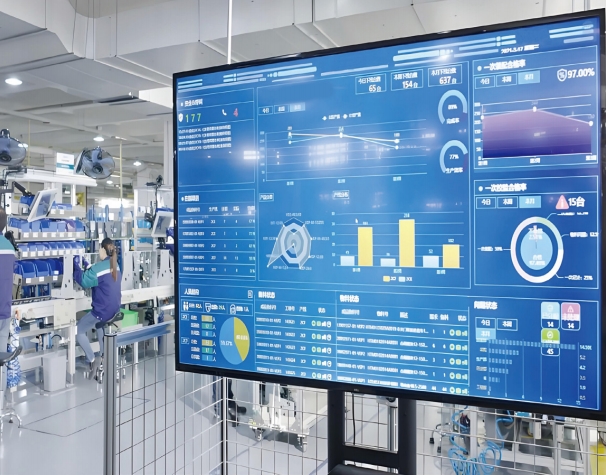
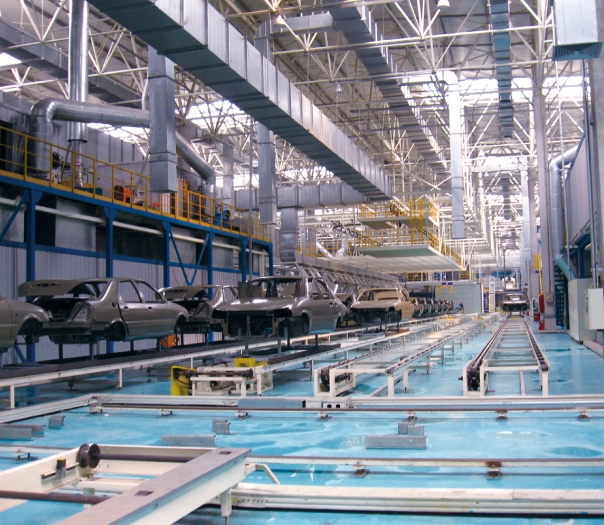
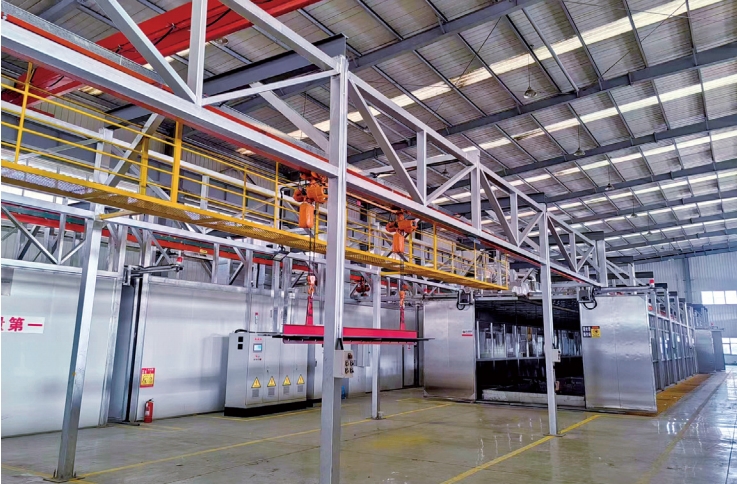
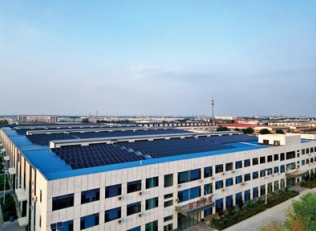
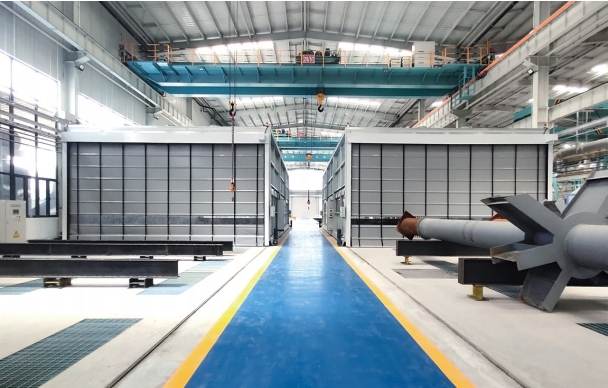
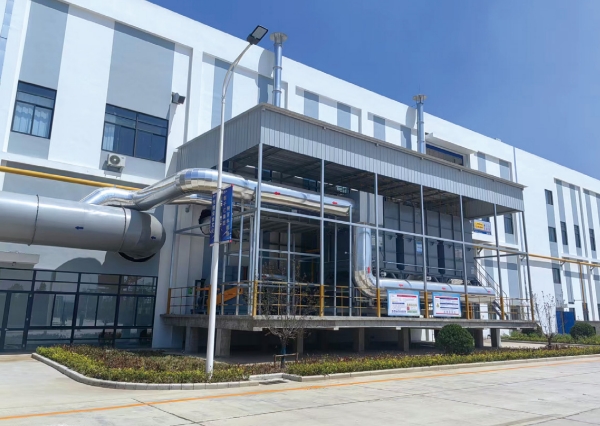
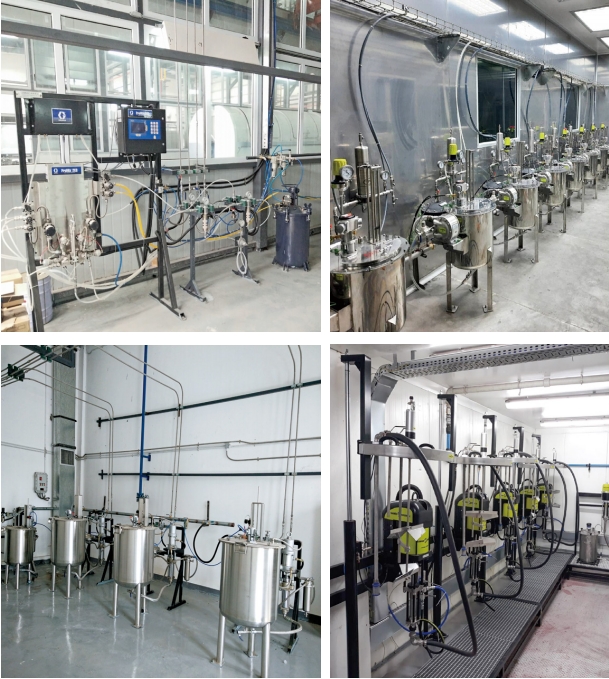
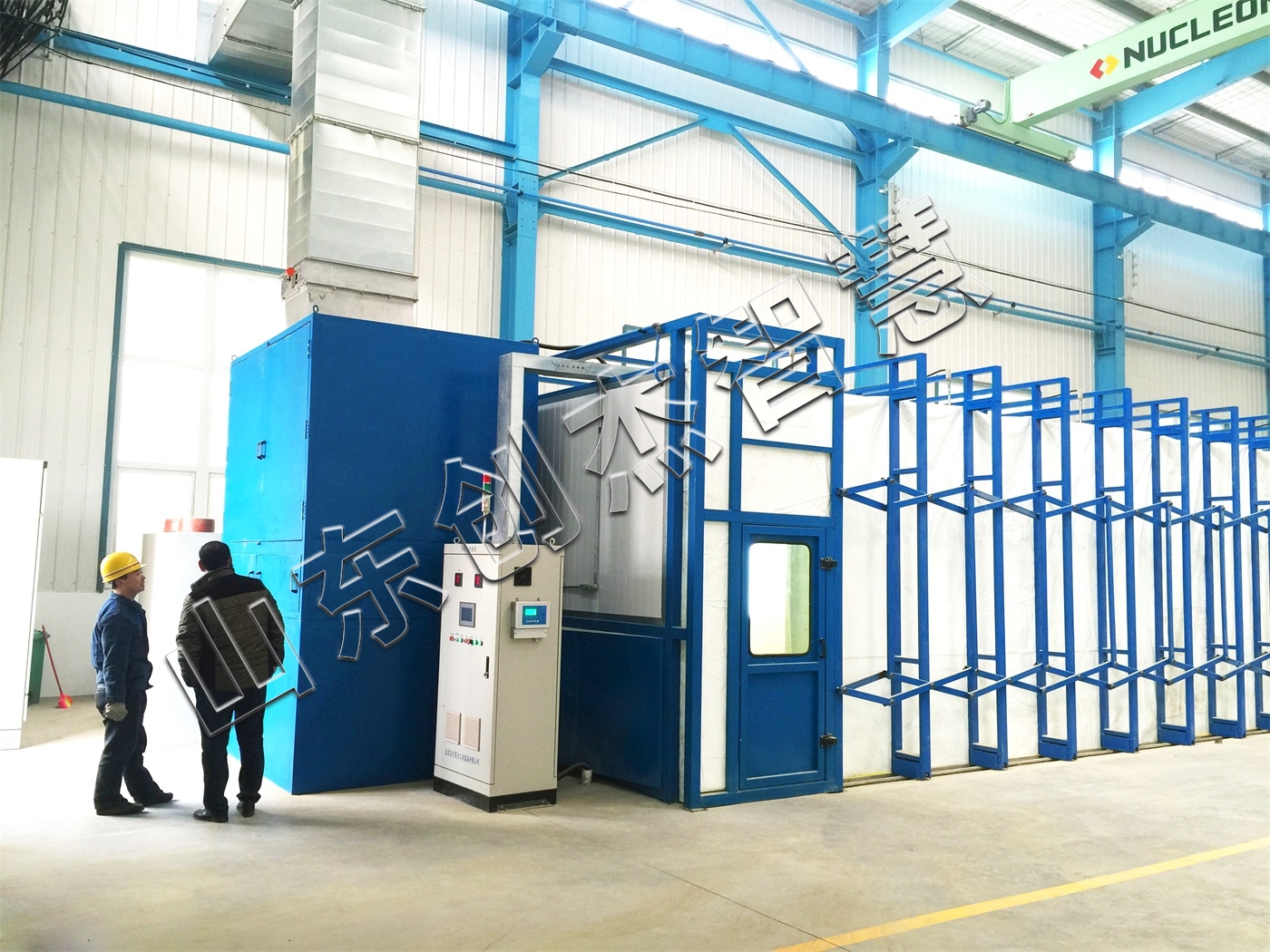

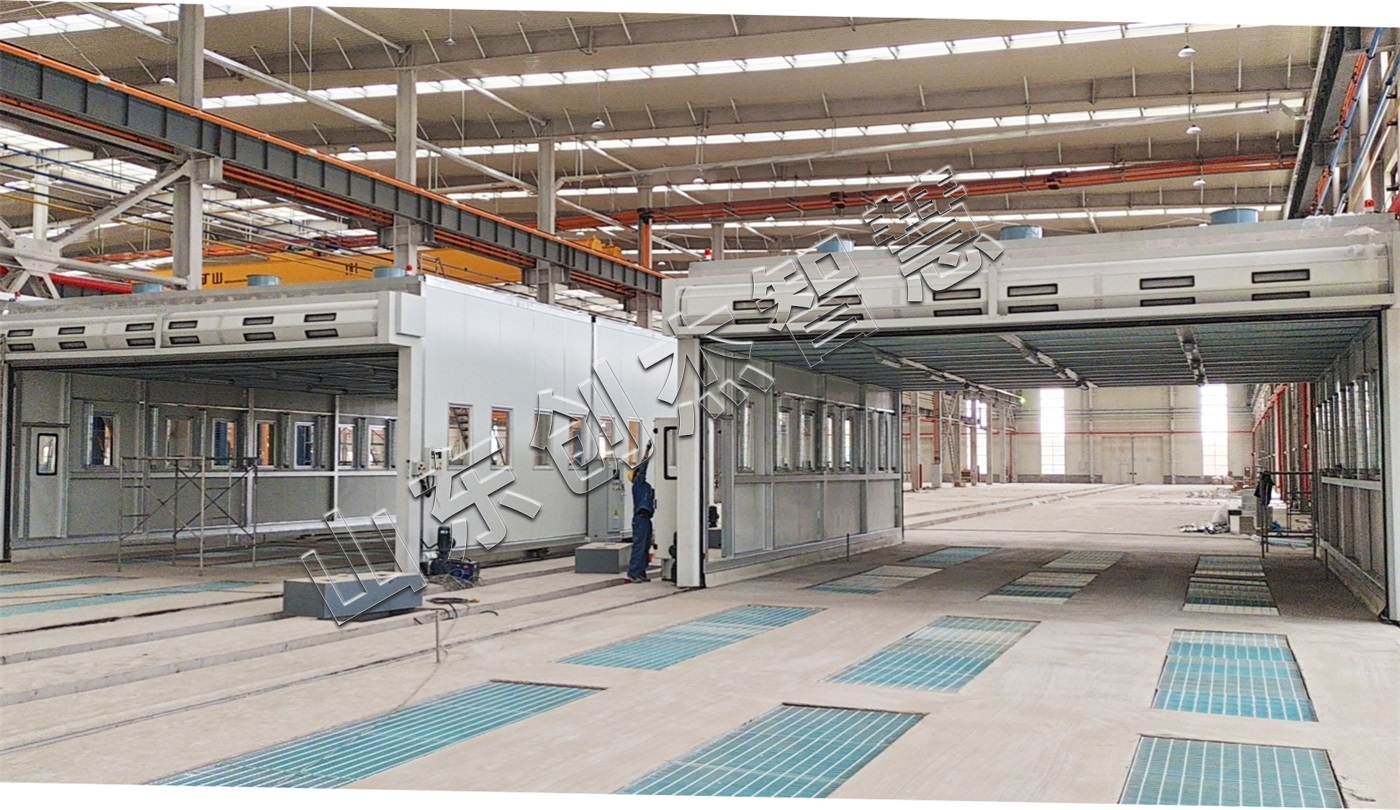

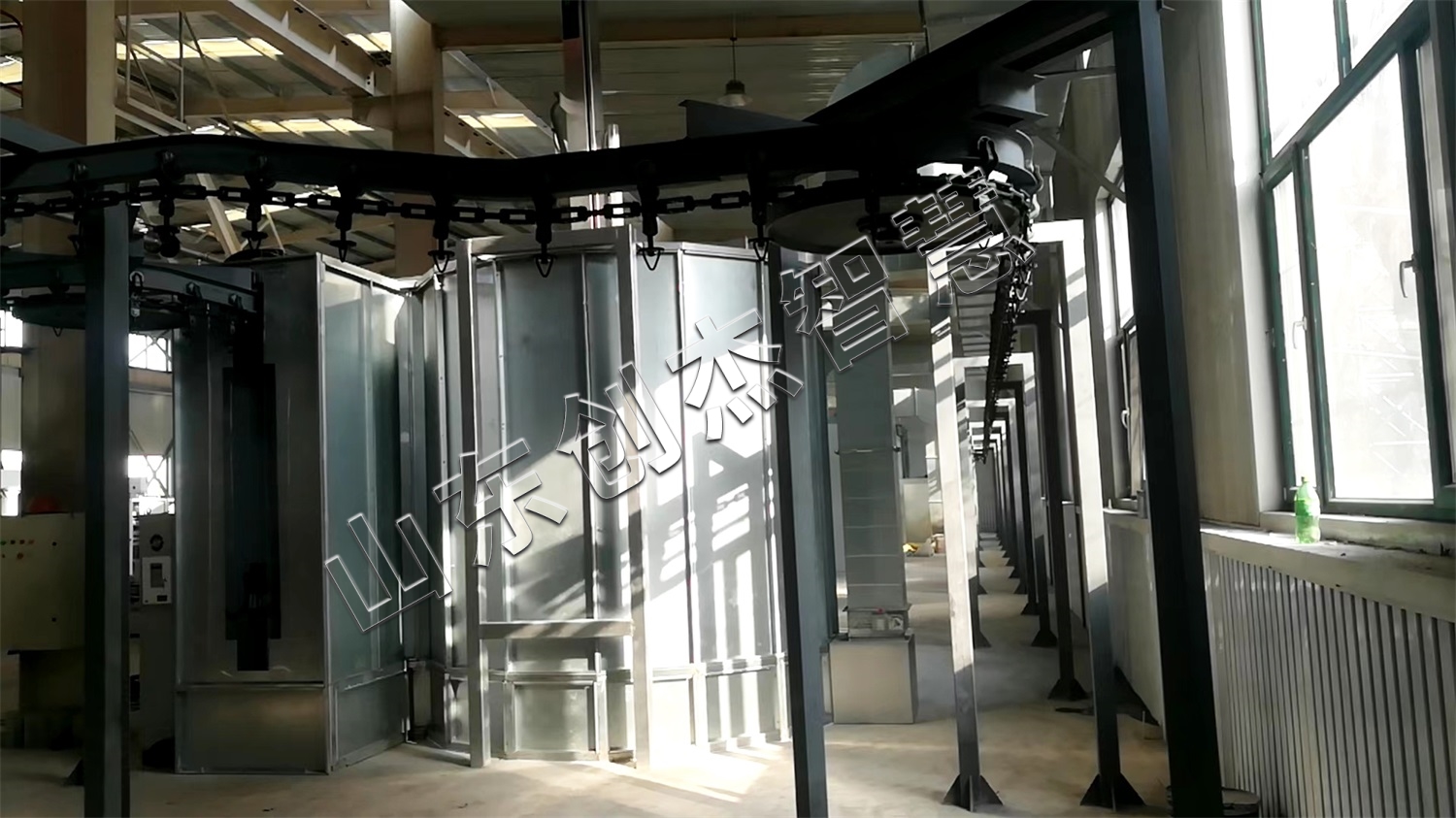

 鲁公网安备 37142502000144号
鲁公网安备 37142502000144号